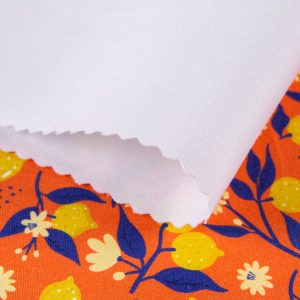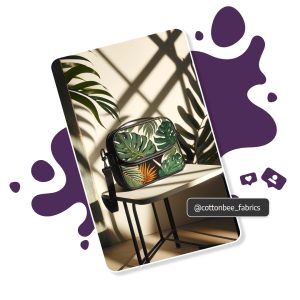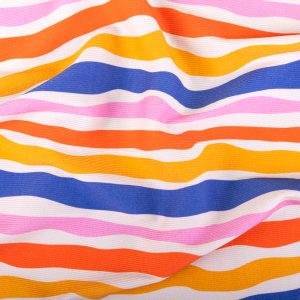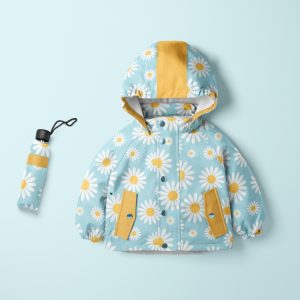In the face of climate catastrophe, we tend to pay more attention to whether or not the products we buy are sustainable. We are seeking eco-friendly alternatives and we try to reduce the carbon footprint when possible. Sustainable fashion is one of the changes we can easily implement in our lifestyles. How to change your wardrobe to be more eco-friendly? What is sustainable fashion?
Table of Content
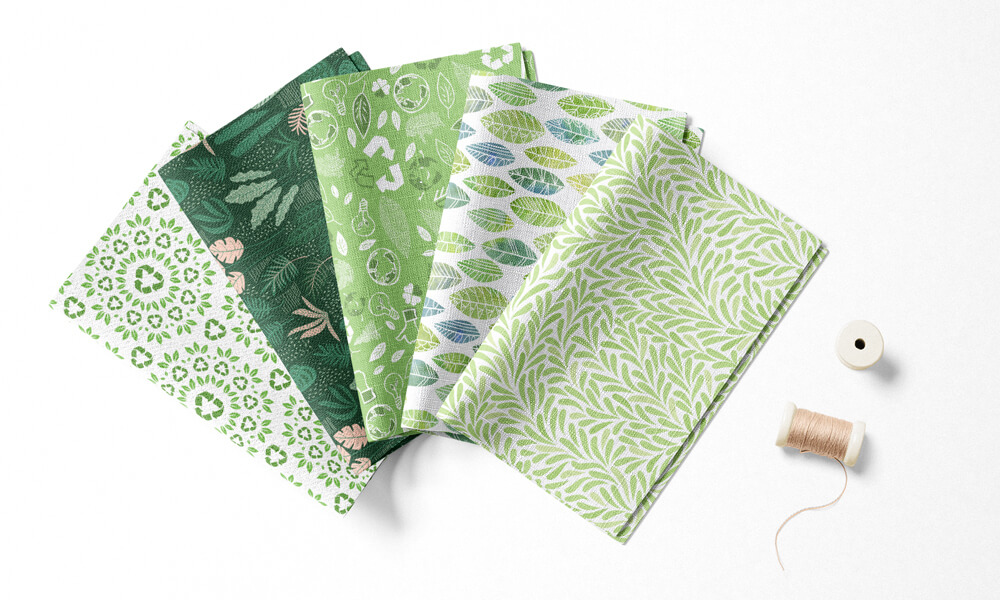
Eco fashion – what exactly is it?
The fashion industry is one of the biggest global polluters. The enormous consumption of water and energy, a variety of chemical substances, and weekly deliveries to clothing stores around the globe generate gigantic amounts of pollution. Sustainable fashion is an alternative take on the production and consumption of clothing. How to tell if fashion is sustainable? What is sustainable fashion?
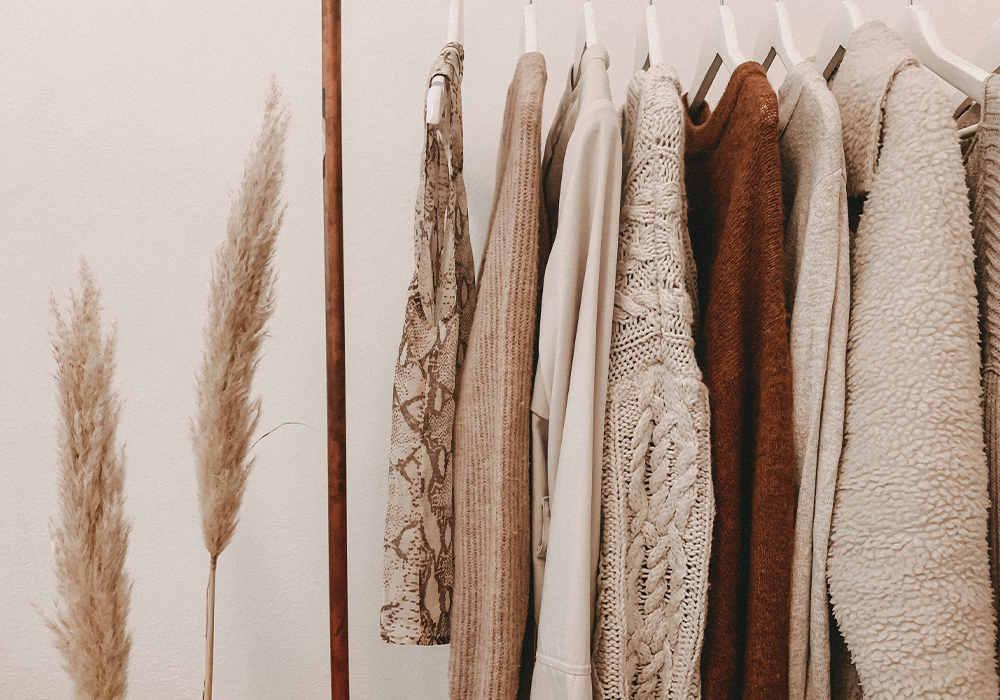
Sustainable fabrics
Sustainable fashion is based on fabrics made from natural fibers. Organic cotton and linen are most commonly used in eco-friendly fashion. The fibers are grown and processed with care for the natural environment. No harmful chemicals, pesticides, or GMOs are used on such crops. But cotton and linen are not the sole fibers used in a sustainable fashion. Sustainable brands often use viscose, Tencel, lyocell, or bamboo. These cellulose fibers are produced mainly from wood waste. Although they are classified as synthetic fibers, they are a common choice for many producers and consumers of sustainable fashion – during the production process only minimal amounts of waste are generated, hence the eco-friendly label.
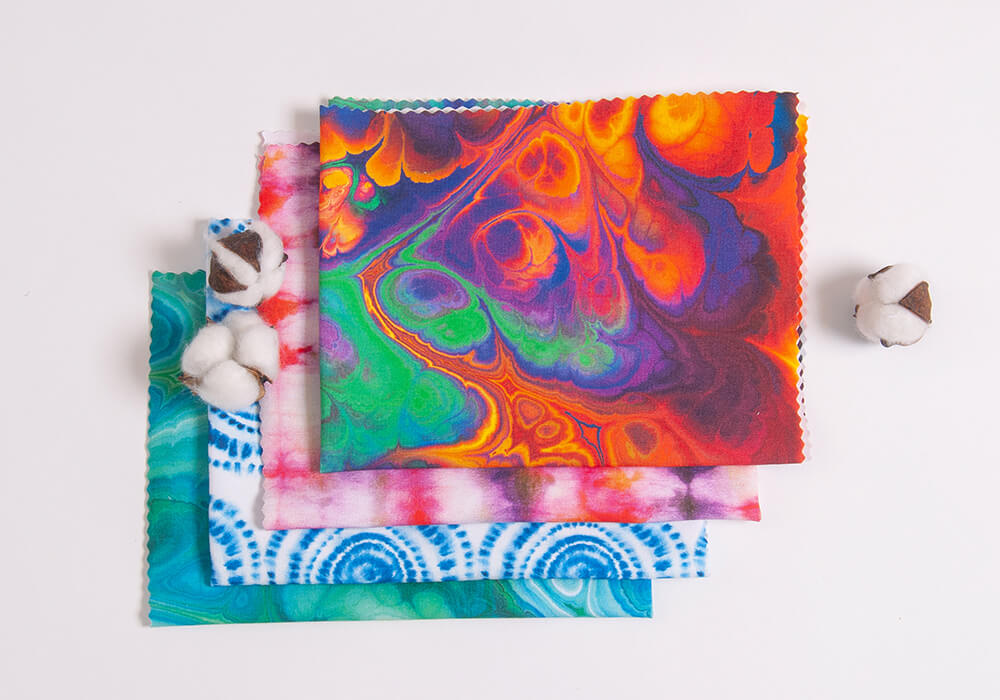
Recycled fabrics
Recycling is yet another trend commonly found in a sustainable fashion. Approximately 16 billion tons of textile waste are generated annually by the European Union. The textile waste usually ends up in incinerators or in landfills. Less than 15% of the global textile waste is recycled, even though a vast majority is eligible for recycling.

Indie clothing brands
Every year fast fashion brands produce 52 micro collections that they ship to thousands of shops across the globe. Give up cheap, mass-produced clothing and opt for garments made by independent creators. Small fashion brands often reach for fabrics from local suppliers, manufacture their clothing in local shops or tailors and release fewer collections throughout the year, hence their clothing can be better quality and made using only quality fabrics. Find local businesses – sustainable fashion is available in more places than you’d think.

Second hand clothing and DIY
The popularity of second-hand clothing is increasing – the value of the global second-hand clothing market is expected to grow three times by the year 2029. The fashionistas and trendsetters gladly go hunting for treasures in used clothing stores giving some perfectly usable garments second life in their wardrobe. Used clothing can also be a part of the do-it-yourself movement – oftentimes garments from second-hand stores get complete makeovers to turn old and tired style into a trendy statement piece. Handmade clothing also gains more popularity than ever. Sewing clothing gives you creative freedom – you can decide what fabric type to use and what style of clothing you want to create. Sustainable fashion has to suit all our needs and at the same time being eco-friendly.
Sustainable fashion – useful tips
Do you want to change your wardrobe to incorporate more sustainable fashion? Spend one afternoon analyzing the contents of your wardrobe and think about what garments are only taking valuable space. You can bring them to any second-hand store you like and someone will gladly give them their second life. Before you decide to buy the newest trendy item from any clothing store, think if you can see yourself wearing it next year, in 3 years from now, and in 5 years from now. If the answer is no, leave it and spend your money on something you will love and use frequently. Start to collect timeless pieces that never go out of style and choose quality over quantity.


